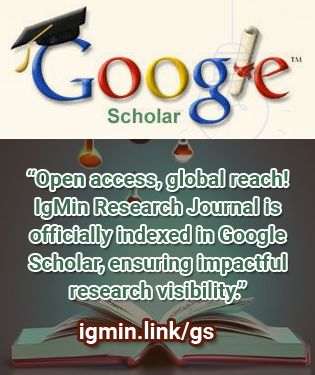Abstract
Exchangers are thoroughly used equipment for heat transfer. These equipment play a climacteric role in variegated business administration and buildings by providing heat exchange between two fluids. However, over time, exchangers can be subject to variegated problems such as contamination and sediment build-up. This can diminish heat transfer efficiency, leading to energy waste and equipment malfunctions. Calcification is a problem that comes off when water becomes saturated with hard minerals and exceeds the solubility of these minerals. These minerals precipitate as a consequence of water evaporation or chemical reactions and form a solid layer called limestone. Limescale can bring variegated problems in homes, business administration, and water transportation systems. Lime accumulates on heat transfer superficies, reducing the superficies area of these superficies. This reduces the superficies area available for heat transfer and inhibits heat transfer. The thermal conductivity of lime is lower than water. Scale, which is the formation of a scale layer on heat transfer superficies, reduces the thermal conductivity of these superficies and prevents heat transfer. This study focuses on the types of contamination in heat exchangers, the effect of contamination on heat transfer and other factors, and methods of clogging.






